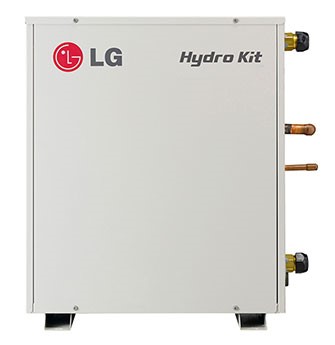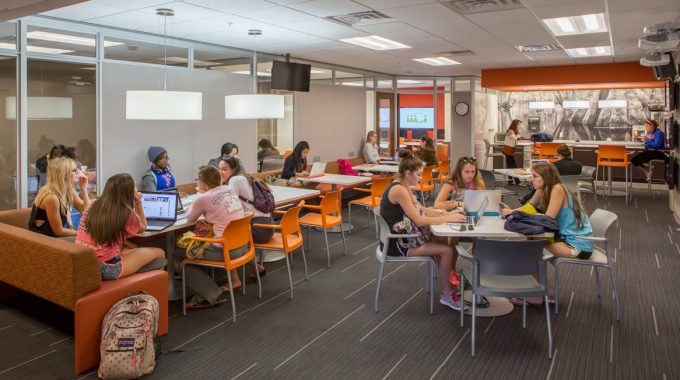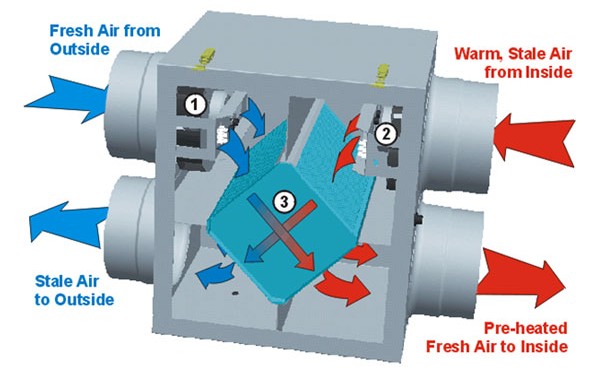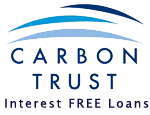
With a fast growing market for VRF heat recovery air conditioning technology, the ability to grow operational efficiencies is becoming more of a realisation than simply a design potential.
A typical VRF heat pump system can remove energy from one space and reject it to another, for example when cooling. The energy would be taken away from the indoor space and rejected outside, with all indoor units of only having the option of operating in the same mode – whether that be heating or cooling.
A heat recovery VRF system provides connected indoor units operating in heating and cooling. Energy removed from a room being cooled can be used to heat other rooms, therefore achieving an energy balance. This could potentially reduce energy consumption by 30%
It is also possible to transfer heat to water via equipment such as LG’s Hydrokits. With a system – connection capability matching fan coils, Hydrokits can achieve water temperature of up to 80degrees, have a potential heating capacity of 30kW from a single unit as well as producing cold water down to 6 degrees.
The real system efficiency gain is being operational when other connected items are operating in an opposite mode. It is now common practice for a commercial VRF specification to include some method of Hydrokit application, whether to provide domestic hot water or hydronic heat exchangers inside ductwork.
When designing VRF projects, care should be taken to maximise efficiency gains, taking into consideration water flow rates, water temperatures, and the method of emitters being used.
Whilst most people use a low – loss header or thermal store with a supply of water at a single temperature to provide multiple emitters requiring different temperatures, a variation in leaving water temperature from a Hydrokit will have an effect on how efficiently it is performing.
The Hydrokit has the potential to provide two flow/return water temperatures and output signals to valves to divert the flow. There can be a lower setpoint for underfloor heating and a higher setpoint for portable hot water, which maximises efficiency gains and serving each area as required.
The Hydrokit can regulate its water temperature between points selected at commissioning, enabling heat emitters to avoid overshooting temperature in a design space.
It is selected on capacity and maximum leaving water temperature for the entire load, so efficiency is not maximised. It is usually found that approximately 80% is for space and heating and about 20% is for portable hot water. In most cases, the designation of 100kW of high temperature Hydrokits to reach the temperature required for domestic hot water is unnecessary and increases the capital cost for the project and reduces the potential operating efficiency.
Most of the load would be met using R410A to heat water, with the extra temperature required for domestic hot water being achieved using cascade R134a transfer.
Whilst the development of new technologies is important to maximising energy saving methods, we must fully understand their full potential in terms of application at the initial design stages in order to deliver consistently high efficiencies.







